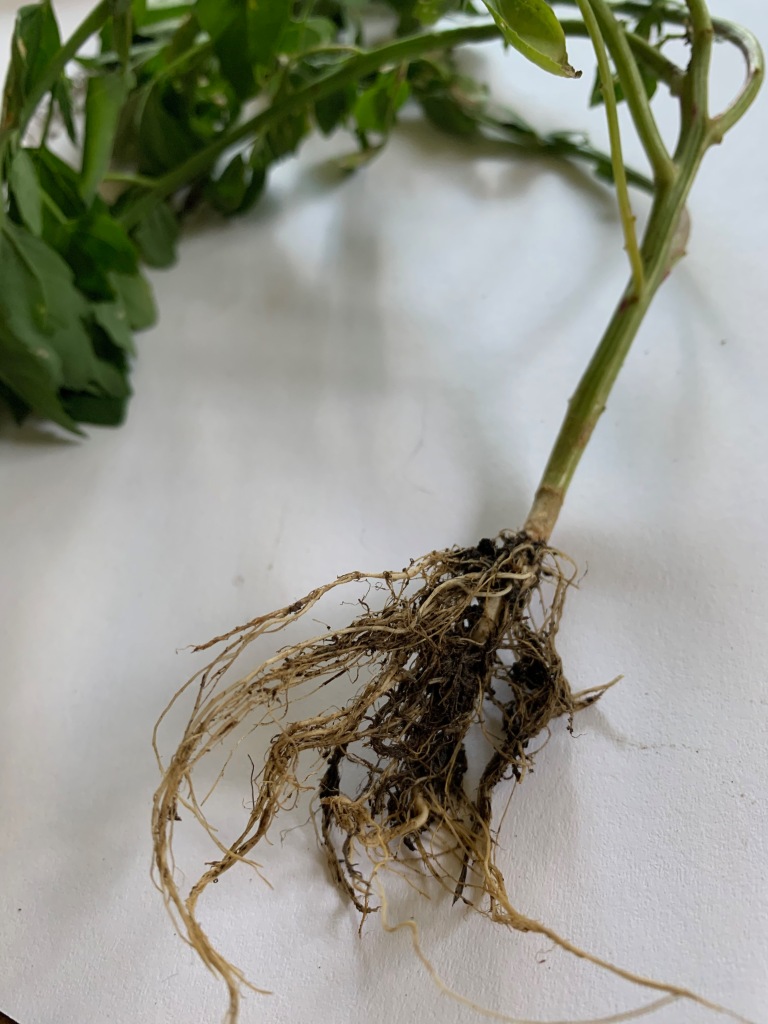Just before I left for my semester abroad in China, I posted a watercolor painting I made of a tree stump titled “Ripped From My Roots: An Adoptee Family Tree Pt. 1.” I was thinking a lot about my roots and going back to the place where my life began, trying to anticipate what it might be like and what information about myself I might be able to find out. I had admittedly naive and unrealistic hopes that were fueled by a few close friends’ (Korean adoptees) recent reunions and my own optimistic tendencies.
Unfortunately, I wasn’t able to find out much information at all. I gleaned a couple of new facts and attempted to start a birth parent search that came to an immediate dead end that left me absolutely devastated.
When I returned from China, I distanced myself from any searching activities. I felt too defeated from the failed attempt I had started and didn’t know how to begin all over again. I had no guides in my life who were Chinese adoptees and had gone through this process. Before I knew it, the normalcy of life in the U.S. and pressure to know what I was going to do next took over as I finished my senior year of college, began job hunting for my first post-graduate job, and enrolled in graduate school.
I’ve moved several times since graduating from college. I’ve lived with my parents, with roommates, and now in a house with my partner. We have a small vegetable garden with squash, kale, lettuce, and a variety of tomatoes. I’ve been spending more time in the garden lately, excitedly anticipating our next earthy treats. Weeding the garden has become one of my favorite chores. It’s such a satisfying feeling to pull up a full plant, roots and all. I’m fascinated by the tangled mess of roots below the surface, supporting the plant’s growth, that can only be revealed after unearthing what has been hidden.
My partner and I were pleasantly surprised by the appearance of three small cherry tomato plants, born from last year’s rotted fruit. To ensure that the all of the plants had adequate room to grow, he carefully scooped up the new tomato plants and the dirt from the surrounding area to replant them. Unlike the weeds I enjoy yanking from the ground, it was important for these plants to keep their roots mostly intact when repotting them, bringing as much of the undisturbed roots with the plant as possible. The more roots that are transferred with the plant, the lower the level of trauma the plant will experience, decreasing the chance of the transplant shock setting in.
You cannot expect a plant to thrive if you cut off all of its roots. However, when I was replanted in new American soil, I was expected to do just that.

